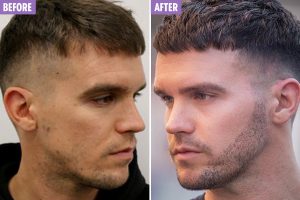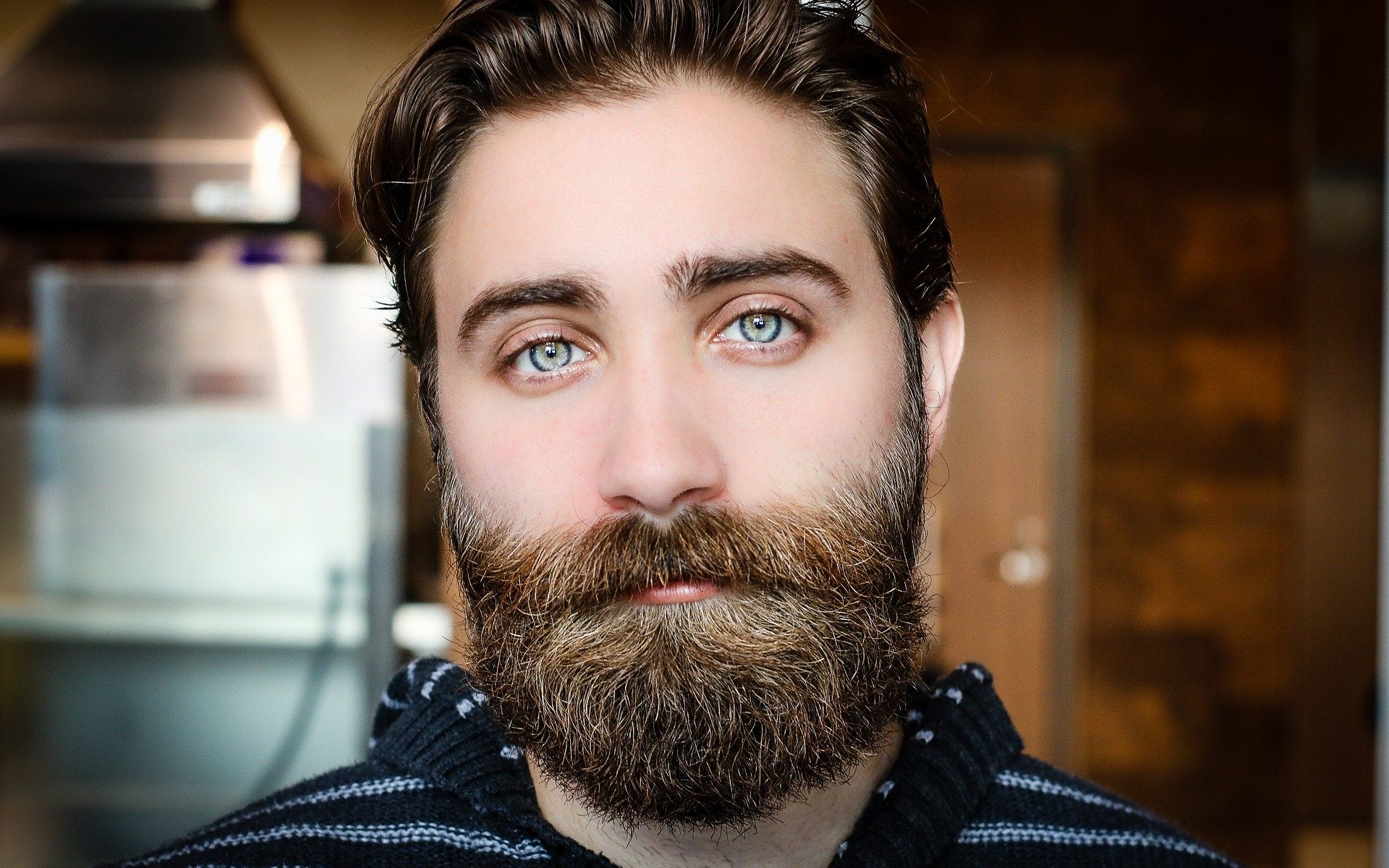Why a Beard Transplant?
Many men desire to have a full beard but either through genetics, conditions such as Alopecia Areata, or hormonal deficiencies, they are unable to grow such a beard.
Often, their beards may be patchy and not as full as they would like. This is where beard transplants can be very helpful.
In this article, i will give you all the information a beginner considering a beard transplant may need.
How are beard transplants done?
In general, all beard transplants have the following characteristics and features:
- The hair used in a beard transplants comes from another part of the patient’s body, and this is usually the scalp or underneath the chin.
- Head hair can certainly be used, but this hair has a different and thinner consistency to beard hair, so it is not always the best candidate for transplantation.
- Hair follicles are harvested from a target area and then transplanted to bald patches where the beard is to grow.
- As the hair follicles are transplanted, the surgeon inserts them at different angles so that they will grow in a more natural way and look like a natural beard.
The transplant techniques used for beards
Beard transplants are done in the same way as hair transplants, and there are two main methods of doing this:
- FUE (Follicular Unit Extraction)
- FUT (Follicular Unit Transplantation).
Pros and cons of each technique
The FUE method is typically the most common method and involves the surgeon harvesting individual follicles from the donor area.
These individual follicles are then transplanted to the beard area follicle by follicle.
The FUE method is time-consuming, but it leaves less scar tissue at the donor site and it is faster to heal.
This also means that patients can return to work and their normal lifestyle faster.
Even though the follicles are harvested from a larger donor area, the smaller scars are harder for anyone else to see.
During the FUT method, the surgeon will harvest a small strip of skin from the donor site that contains multiple hair follicles.
This tiny strip of skin is then transplanted to the target site.
Typically, this method leaves longer scars at the donor site.
Though the FUT method is not as common, it can be quicker and easier to achieve a full beard because more hair follicles are transplanted at one time.
Of course, the more significant scarring can be a problem for some people and it can take longer to heal.

What can go wrong with a beard transplant?
Even though beard transplants have come a long way in recent years, there are still some risks that every potential patient must consider:
- Scarring
As outlined previously, there will be scarring involved during a beard transplant procedure (likely).
The FUE method leaves tiny circular scars that usually turn white over time, whereas the FUT method leaves long thin scars that tend to be more visible.
Having said that, the scarring is also usually hidden by other hair, so it may only be an issue for certain people.
- Hair Loss
Because hair follicles are harvested from a donor site, such as the scalp, under the chin, or the chest, there will be some hair loss at the site.
The FUE method only extracts every fifth hair, so the hair loss may not be as noticeable.
- Aesthetic Issues
Skilled and experienced surgeons will implant the hair follicles at different angles and take their time doing so.
This process achieves a more natural looking beard.
The problem is that some surgeons may not do this or may not implant at an angle that is consistent with a natural looking beard.
The result is beard growth that looks too linear and unnatural.
- Pain During Recovery
Even though the FUE method is less painful overall as a transplant method, redness, swelling, sensitivity, and some bruising are common features of both FUE and FUT methods.
- Expensive
Beard transplants are generally quite expensive, so it’s important for a person to be absolutely sure that they want to undergo the procedure and that they understand the possible risks and side effects.
- The Hair May Fall Out
Some people are shocked that their new beard falls out in around three weeks, but this is perfectly normal. The transplanted hair follicles will grow new hair again quite quickly.
Cost of a beard transplant
Cost of a Beard Implant (in Europe, Turkey, the United States, and India)
Here are the costs of having a beard transplant in the United States, Turkey, India, and Europe:
- In the United States, the cost of a beard transplant can range between $5,000 and $15,000 US dollars.
- In Turkey, a beard transplant typically costs between $2,000 and $3,000 Euro.
- A beard transplant in India can cost anywhere between RS 50 000 to RS 4 Lakh.
- Costs in Europe vary greatly from nation to nation, but the generally high cost of medical services means that a beard transplant can be up to six times higher than in Turkey.

Where to go for a beard transplant?
Clinics That Do Beard Implants in Turkey
The following clinics offer beard transplants in Turkey:
- Estetik International Clinic
- Adem and Havva Medical Center
- Clinic Center
- Istanbul Aesthetic Plastic Surgery Center
- Smile Hair Clinic
- SALUSS Hair Transplantation Clinic
- ClinicHair
How long will it take for your beard to grow after transplant?
Growth Timeline
In most cases, the transplanted hair will fall out not long after the transplant procedure, but new hair growth will take place after this, in about three or four months after the procedure.
Hair will continue to grow slowly and after six to seven months, there should be significant growth.
In 12 months, a patient should expect to experience full-beard growth.
Before and after picture analysis
Let’s analyse a before and after picture of a beard transplant example

Before:
Although it’s hard to tell as the client is shaved. It is obvious by how smooth the skin is that his beard is very thin, especially at the side of the face. He has a small amount of stubble on the chin.
After:
The client has a nice strip of beard in the “5 o’clock” shadow style. It runs very nicely from his sideburns down.
The moustache has probably been thickened as well.
A very elegant result in my opinion.
Essential after care after beard transplant
Aftercare
It’s important to take good care of both the transplant area and the donor site after surgery by following these steps:
- Take any medication as prescribed by the surgeon diligently, including pain relievers, skin ointments, and antibiotics.
- Sleep in an elevated position on the first night after surgery to help minimize bleeding.
- Follow surgical advice and avoid vigorous physical activity for at least several days after the procedure, with gradual increase in activity after this.
- Avoid exposing the donor site and transplant site to the sun for more than 30 minutes for at least two weeks after the surgery.
- Do not get the transplant area wet for at least five days after the procedure.
- Normal shaving can be done eight days after the procedure.

Pharmacist with special interest in hair loss and hair transplantation.
Read my book on hair transplants in Turkey on Amazon:
https://track.more-info.co.uk/amazon/authorprofile

